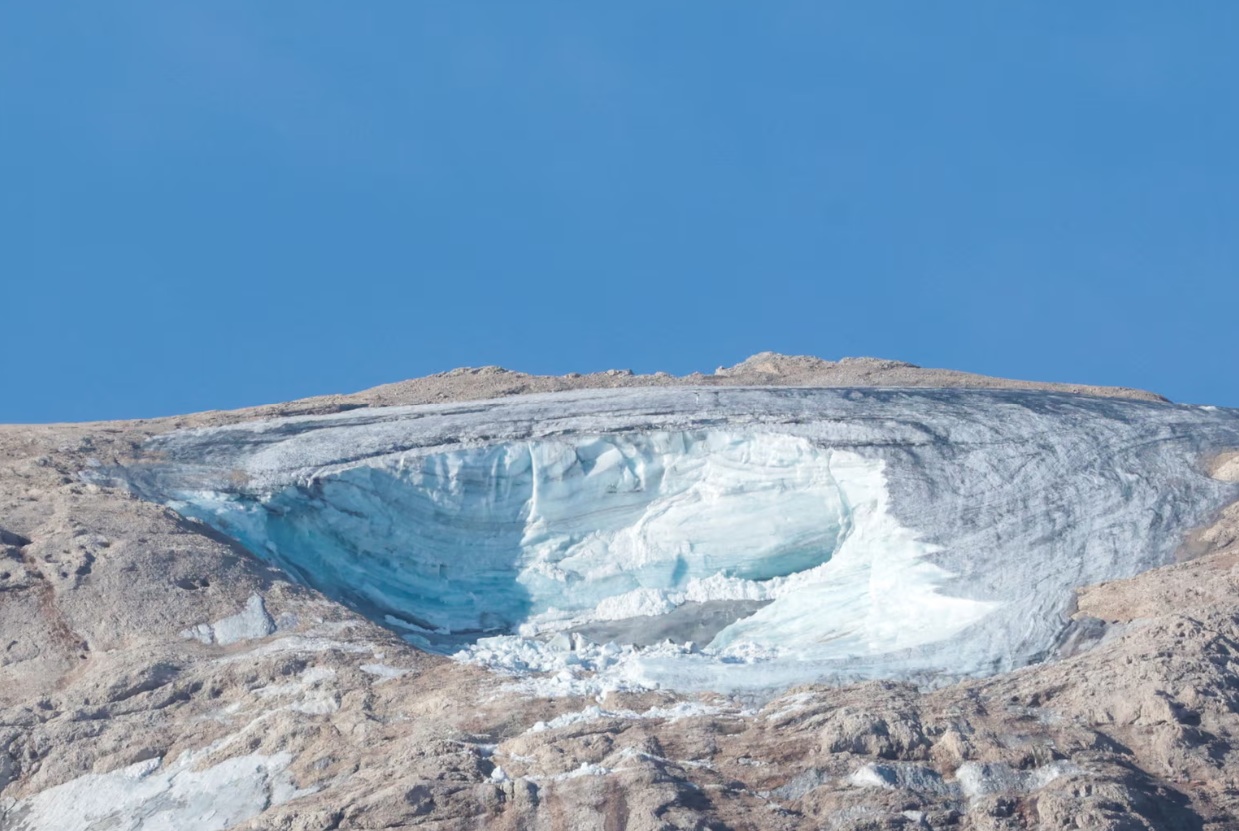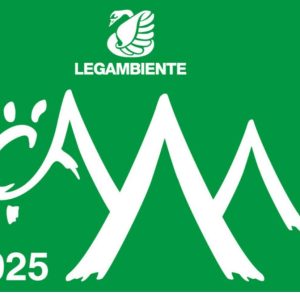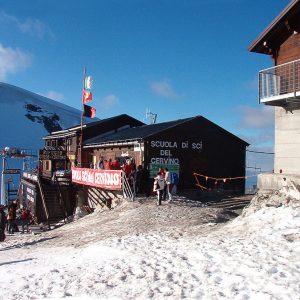On 20th March 2025, leading environmental and mountaineering organisations launched the European Manifesto for Glacier Governance.
The initiative, presented at the University of Milan, is backed by CAI (Italian Alpine Club), CGI (Italian Glaciological Committee), CIPRA ITALIA, EUMA (European Union Mountaineering Association) and Legambiente. A network of 60 signatories, including NGOs and research institutions, supports the manifesto.
The Urgency of Glacier Protection
Glaciers worldwide are melting at an alarming rate. Central Europe, particularly the Alps and the Pyrenees, is warming at twice the global average. This rapid heating leads to landslides, debris flows, and water shortages, affecting ecosystems and local communities.
Since 2000, global glaciers (excluding Antarctica and Greenland) have lost 5.4% of their mass; equivalent to 6,558 billion tonnes of ice. The European Alps have already lost a third of their ice, and by 2050, glaciers below 3,500 metres are expected to disappear. The situation is equally dire worldwide. In Pakistan, Himalayan glaciers have shrunk by 16% in 20 years, while glaciers along Greenland’s west coast have lost 15% of their surface area since 1985.
Also read: Italian glaciers retreat further amid climate crisis
A Blueprint for Action
The European Manifesto for Glacier Governance focuses on two pillars: reducing greenhouse gas emissions to limit warming to 1.5°C and implementing adaptation measures. It outlines eight key actions, four at the European level and four globally.
European-Level Actions
- Create a European system for monitoring cryospheric risk and sharing data.
- Establish a multidisciplinary network to develop a European Glacier Governance (EGG) framework.
- Strengthen international policies for mitigating and adapting to climate change in glacier regions.
- Position Europe as a global leader in glacier protection, including policies on polar and mountain ice.
Global-Level Actions
- Promote the value and protection of glaciers.
- Collaborate with universities and research centres to educate the public and train professionals in climate adaptation.
- Establish forums for discussion on glacier conservation.
- Network with diverse regions to enhance cooperation and knowledge-sharing.
A Call to Act Now
Scientists estimate that reducing emissions could save glaciers in two-thirds of World Heritage sites. In some regions, like the Himalayas, achieving carbon neutrality by 2050 could preserve up to 40% of ice. Without urgent intervention, melting glaciers will continue driving sea level rise, endangering coastal communities and freshwater supplies.
Legambiente’s latest report, SOS Glaciers: A Past and a Future to Protect, presents stark figures. In Central Europe, glacier mass has declined by 39% since 2000. The Caucasus, New Zealand, and North America have seen similar losses. Meltwater from glaciers now accounts for up to 30% of rising sea levels, threatening nearly two billion people living in low-lying coastal areas.
With the launch of the manifesto, environmental organisations urge governments and institutions to act decisively.





